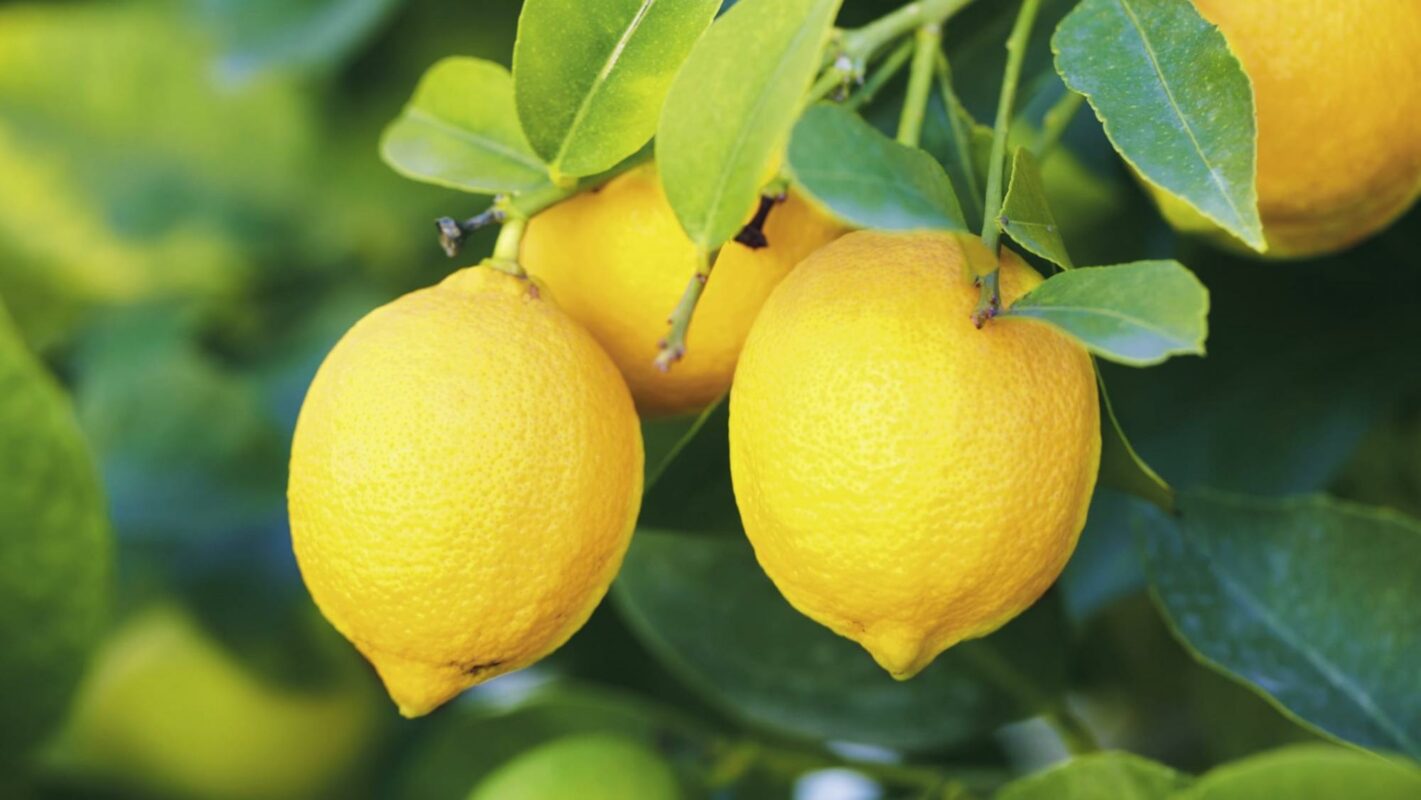Citrus make interesting and attractive indoor plants for year-round interest, with scented flowers in spring followed by decorative and edible fruit.
COMPOST
Grow citrus plants in a citrus compost, repot during the late winter or early spring before new growth begins, as they dislike root disturbance. Plants in smaller pots may need repotting every 2-3 years, but plants in 60cm+ pots will need less frequent repotting. In years when not repotted the top 5cm of old compost should be removed in April and replaced with fresh compost and a granular fertiliser.
WATER AND HUMIDITY
In winter, water moderately, allowing the surface to partially dry out before watering. In summer, water freely but do not allow the base of the pot to stand in water.
Citrus are not ideal indoor plants and are best grown in the buoyant atmosphere of a greenhouse or conservatory. Indoors they need particularly careful attention, benefiting from a fairly humid atmosphere in summer. Stand on a large saucer or tray filled with hydroleca or gravel, with the water level maintained just below the surface of the gravel. Mist the leaves in early morning in the summer and ventilate so that good circulation of fresh air is maintained. Citrus plants can be placed outdoors from mid-June to late September.
TEMPERATURE
PRUNING
To keep plants in shape, pinch out the growing tip once a new branch is 10-15cm long. Regular pinching out of branches encourages bushy growth near the middle of the plant ad can be carried out any time of year.
Pruning of large bushes should be done in February, before growth starts to accelerate. If plants have become leggy, prune back by up to two thirds after repotting, or in early spring. The leader may also be cut back to induce bushier growth. Occasionally mature plants may produce a number of fast-growing unwanted shoots, which can crowd the centre of the plant and make it too tall. Cut all such shoots out from around the main branch and shorten shoots arising near the tip of the branches. Citrus plants store excess food in their leaves, so removing too much leaf growth may result in a poor fruit crop.
FEEDING
FLOWERS, FRUIT & LEAVES
Fragrant white flowers form in late winter and early spring, in the leaf axils on new growth from the previous summer. Warm temperatures, high humidity and good general care will increase the chances of flowering. In favourable conditions lemons will flower continuously throughout the year and can produce several crops a year. Most citrus flowers will self-pollinate and won’t require help with pollination. If the conditions of growth are suitable, fruiting should occur after flowering. The fruit will ripen during a period of sunny weather. Only about 1% of flowers will set as fruit on large trees. Calamondins, kumquats and some lemons set a higher percentage of fruit and may require thinning out to avoid weighing the branches down. Mist the flowers regularly during dry, hot spells to help the fruit set.
Citrus trees are evergreen and naturally drop the odd leaf from time to time. If multiple leaves are dropping, check the plant isn’t too dry, and possibly move to a lighter position. Do not over water – check the surface of the compost looks dry before watering again. Inadequate feeding can also cause leaf drop, make sure you are using a citrus feed. Heavy flowering and new leaf growth may trigger some leaf drop in spring – this is quite normal. New leaves will fill the gaps, but more diligent feeding will prevent this in the future. Sudden temperature changes may cause leaf drop to the point of bare stems, e.g. moving plants into centrally heated houses during winter. The plant will recover when it has adjusted, so don’t throw it out. New leaves should appear in 2-3 weeks.
The range of citrus available to the gardener is vast and almost any type can be found with patience. The widest selection is usually available mid spring and again around Christmas.
Popular types of citrus available:
Orange (sweet & marmalade), Lemon (several different varieties), Lime (normally limited), Calamondin, Grapefruit, Kumquat, Buddas Fingers, Clementine, Mandarin.











